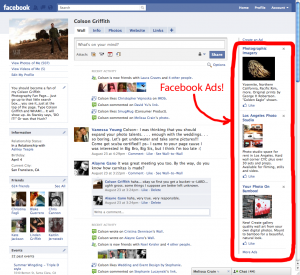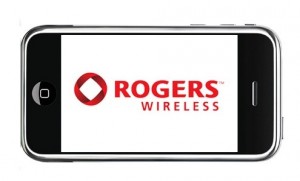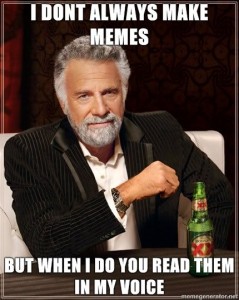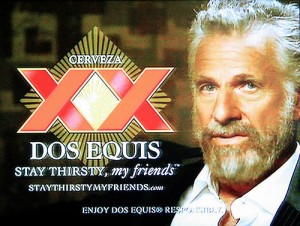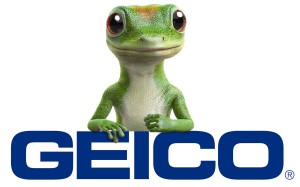After recently reading Adobe Digital Marketing’s blog post ‘Marketing to Millennials This Holiday Season with Social Media’ I found myself rethinking how to properly market over social media.
Joe Martin, the blog’s author, raises a good point in saying that 96% of millennials (who I find myself categorized under) belong to at least one form of social media. The biggest thing to note with this audience is how sensitive they are to advertising – a social network loses its appeal if a user feels as if they’re marketing towards.
As someone who frequents a few social networks myself – reddit, snapchat, facebook, and instagram – I find that I go through a massive amount of content per day, stories and posts numbering in the high hundreds. But even with my only concern being getting to my intended destination (whatever site I mean to reach), passing by all those ads can create a subliminal association effect. Therefore online marketers succeed only when they play the game of averages with advertisements. How many pieces of information can a social media provide a user via posts peripheral to the intended story? Martin elaborates on this with the statistical measurements of social network advertising – the shift from the cost per click to the cost per thousand models. As the traffic increases, the cost per visit to a site goes down.
While the tailoring of advertisements on social media has improved (I myself am impressed with the shift from dating site advertisements to concert listings in my own feed) I think the true value of social network advertising will be in the subtlety of page positioning. A user could quite easily find themselves with an index of information on various sites they didn’t know they’ve been influenced by.
If I don’t realize how many billboards I’m seeing as I drive through Time Square, I’m going to keep driving through this part of town. If I drive through Time Square every day, I’ll somehow know of deals I never paid any mind to. Eventually I’ll be in the store. If I don’t realize how many promoted posts there are in my feed as I race through my facebook getting caught up on content, I’ll suddenly find myself with knowledge of, and eventually visiting the site I would never have heard of.
Reference:
http://blogs.adobe.com/digitalmarketing/digital-marketing/social-media/marketing-to-millennials-this-holiday-season-with-social-media/

